Table of Contents
Short Burst of Exercise Can Help
Regular exercise is an essential part of maintaining overall health and well-being. However, not everyone has the time or energy for long, gruelling workout sessions. If this sounds like you, there's good news. Short bursts of exercise, even for a few minutes a day, can significantly cut the risk of premature death. Let's delve into the science behind this benefit, how to incorporate these short exercise bursts into your routine, and why they can be a game-changer for your health.
The Science Behind Short Bursts of Exercise
The unique nature of short, high-intensity workouts, often encapsulated in high-intensity interval training (HIIT), has sparked a notable interest in the fitness and health research community. Various scientific principles and physiological responses underpin the effectiveness of these exercises, providing the foundation for their substantial health benefits.
The Metabolic Response to High-Intensity Exercise: EPOC
At the heart of the science behind short bursts of exercise is a phenomenon known as ‘Excess Post-exercise Oxygen Consumption' (EPOC), commonly referred to as the ‘afterburn' effect. When you engage in high-intensity workouts, your body consumes more oxygen than in lower intensity exercises. To replenish the oxygen debt after the exercise, your body continues to burn calories at an elevated rate, even when you're resting. This state of elevated calorie burn contributes to weight loss, improved metabolic efficiency, and enhanced cardiovascular health.
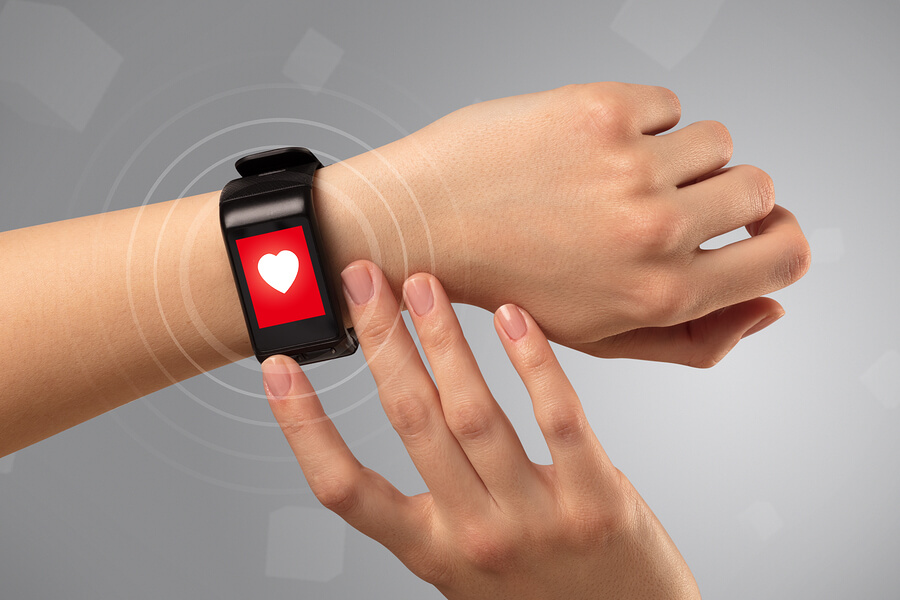
Mitochondrial Biogenesis and Efficiency
Another key aspect of the science behind short bursts of exercise is the impact on our body's mitochondria. These cellular powerhouses generate most of the chemical energy needed to power biochemical reactions in cells. High-intensity interval training is known to promote mitochondrial biogenesis – the process of creating new mitochondria. Moreover, HIIT also improves the efficiency of existing mitochondria, enabling them to produce more energy for the same amount of substrate. This enhanced energy production capacity is critical for improving physical endurance and overall metabolic health.
Hormonal Response to Short Bursts of Exercise
High-intensity workouts lead to an increased production of various hormones that positively influence health and fitness. These include growth hormone, which aids in tissue repair, muscle growth, and fat metabolism, and endorphins, known as ‘feel-good' hormones that help in reducing stress and pain. Moreover, the production of irisin, a hormone released during intense physical activity, promotes fat burning and improves glucose regulation.
Cardiovascular Adaptations
Short, high-intensity workouts place a significant but manageable stress on the cardiovascular system. The heart adapts to this increased workload by enhancing its pumping capacity, thereby improving cardiovascular fitness. Such exercises also lead to improved blood vessel function, promoting better circulation and contributing to lower blood pressure.
Neurological Benefits
Emerging research suggests that high-intensity exercise might also boost brain function. Engaging in such exercise has been linked to improved cognitive abilities, including memory, attention, and processing speed. This is attributed to increased blood flow to the brain during intense workouts, leading to the growth of new neurons and improved interconnections between neurons.
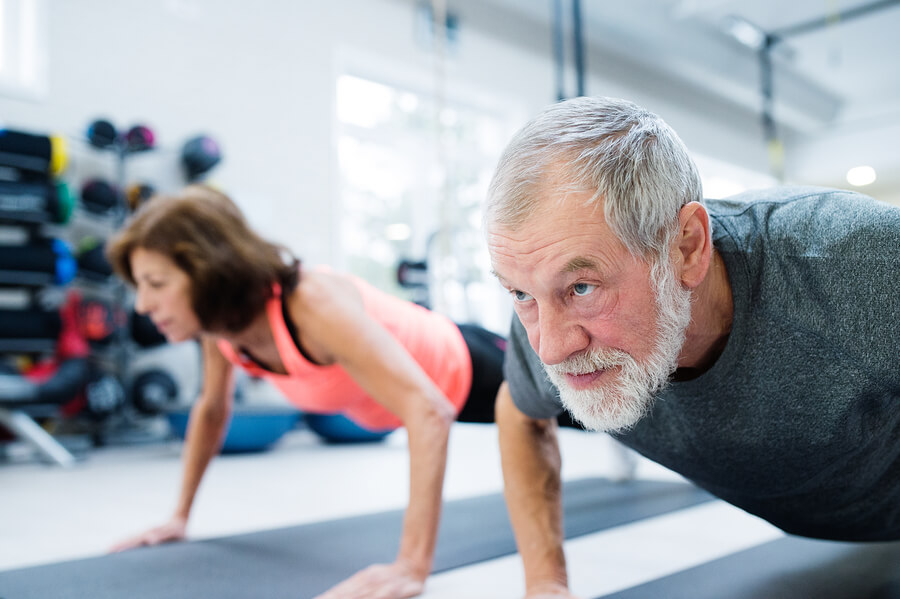
How to Incorporate Short Bursts of Exercise into Your Routine
Choosing the Right Exercises
One of the standout features of short bursts of exercise is their adaptability. Almost any form of exercise can be transformed into a brief, vigorous workout, catering to a wide array of personal preferences, fitness levels, and available resources. Here are some widely favoured exercises for this purpose:
Jumping Jacks
This is a whole-body exercise that swiftly escalates your heart rate, signifying its high-intensity nature. Not only does it work your leg and arm muscles, but it also engages your core and supports cardiovascular fitness.
Burpees
As a compound exercise that involves a squat, push-up, and a high jump in rapid succession, burpees are ideal for a comprehensive full-body workout. They target a range of muscle groups from your legs and core to your upper body, all while ramping up your heart rate for that high-intensity burst.
Mountain Climbers
These exercises offer a combination of strength and cardiovascular training. They engage your whole body, with a particular emphasis on the core, while significantly increasing your heart rate, thus embodying the essence of a short, high-intensity workout.
Squat Jumps
This exercise takes a simple squat to the next level by incorporating a jump. In doing so, it adds an element of cardiovascular training to a strength-focused exercise, strengthening your lower body muscles, specifically the quadriceps, hamstrings, and glutes, while also elevating your heart rate.
High Knees
High knees are a high-intensity exercise that enhances speed and power. They primarily target your core and leg muscles, especially the quadriceps, while also offering a cardiovascular boost. By lifting your knees to hip height at a fast pace, you're giving your heart rate a quick spike, encapsulating the key feature of short, high-intensity exercise.
Implementing High-Intensity Interval Training
The integration of High-Intensity Interval Training (HIIT) into your exercise regimen is a strategic process that involves a balanced mix of strenuous activity and rest. The basic premise of HIIT revolves around alternating between periods of high-intensity workouts and brief rest intervals. Here's a step-by-step guide to help you kickstart your HIIT journey effectively:
Begin With a Warm-Up
Warming up is a critical pre-exercise ritual that prepares your body for the intense activity to follow. A warm-up could include light aerobic activity like jogging, jumping jacks, or brisk walking, aiming for around 5-10 minutes. Warming up increases body temperature, boosts circulation, and readies the muscles for more strenuous activity, reducing the risk of injuries.
The High-Intensity Phas
After your body is adequately warmed up, it's time to dive into the high-intensity component of HIIT. Choose an exercise that you can perform at maximum intensity – this could be anything from sprints to burpees, or even cycling. Give your all to this exercise for about 20-30 seconds. Remember, the goal during this phase is to push your body to its limits.
Rest and Recovery
Following the high-intensity burst, allow your body a short recovery period. This rest period could last anywhere between 10-15 seconds. Resting lets your heart rate slow down and your muscles recover slightly before the next intense burst.
Repeat the Cycle
The high-intensity exercise and rest period together form one HIIT cycle. To garner the benefits of HIIT, you should aim to repeat this cycle multiple times. Depending on your fitness level and the intensity of the exercises chosen, a typical HIIT session can include anywhere from 10 to 20 cycles and last for about 10-20 minutes.
Cooling Down
After your HIIT workout, it's important to cool down, gradually bringing your heart rate back to its resting state. A cool-down period can also include light stretching to relieve any muscle tension.
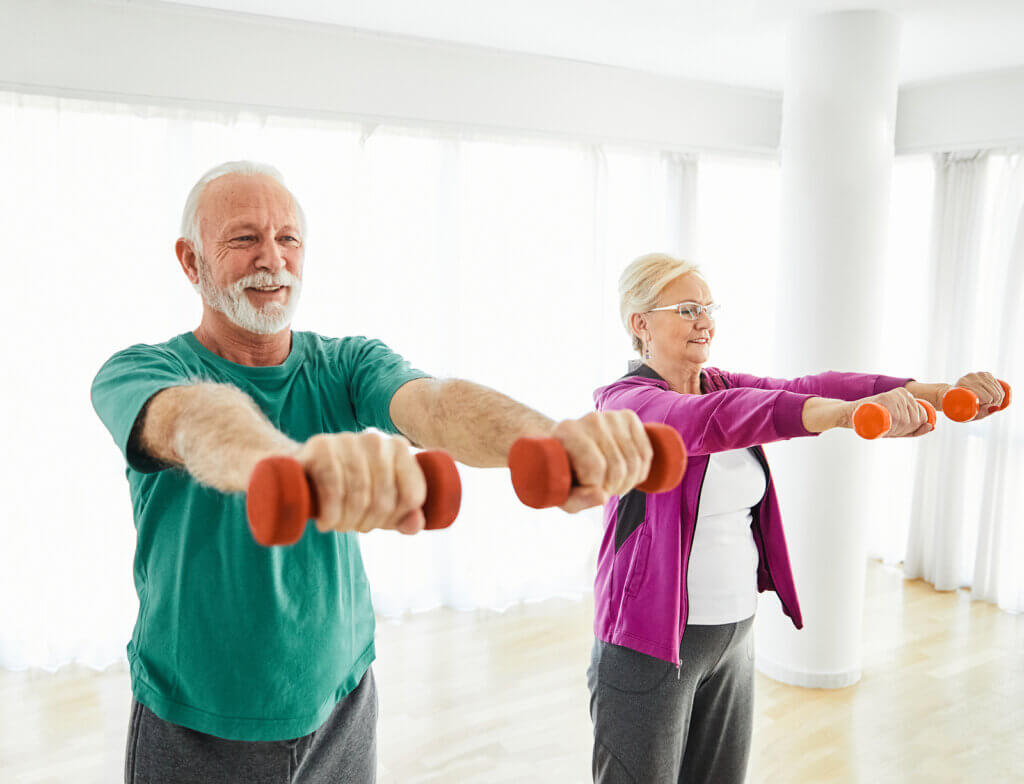
Balancing Short Bursts of Exercise with Overall Lifestyle
High-intensity, short-duration workouts are undoubtedly a valuable tool in the quest for improved health and longevity. However, it's essential to underscore that these workouts represent just one facet of an intricate health and wellness mosaic. Living a healthy, long life often requires a comprehensive lifestyle approach, comprising various elements that work synergistically to promote overall wellbeing.
- Nutrition: Consuming a balanced, nutrient-dense diet plays a pivotal role in supporting your body's functions and ensuring optimal health. This includes incorporating a variety of fruits, vegetables, lean proteins, healthy fats, and complex carbohydrates into your meals.
- Sleep: Adequate sleep is a vital yet often overlooked element of overall health. Quality sleep rejuvenates the mind and body, aids in recovery post high-intensity workouts, and plays a crucial role in cognitive functions and mood regulation.
- Routine Health Check-ups: Regular health assessments can help in early detection of potential health issues and enable proactive management. This is particularly important as you age or if you have a family history of specific health conditions.
- Stress Management: Chronic stress can have adverse effects on both physical and mental health, thus finding effective ways to manage stress – such as meditation, yoga, or engaging in hobbies – is imperative for overall wellbeing.
Why Shorter Workouts May be More Effective for Some People
When it comes to physical fitness, we often hear the adage, “The more, the better.” However, emerging research suggests that this might not always hold true. Short, intense workouts, often referred to as High-Intensity Interval Training (HIIT), can sometimes be more effective than their longer, less intense counterparts. But why is this the case? Let's delve into the scientific reasons behind this.
Suitability for Busy Lifestyles
In our fast-paced society, finding time to fit in long workouts can be challenging. One of the greatest appeals of shorter, intense workouts is their time efficiency. A session of HIIT can last anywhere from 10 to 30 minutes, making it a suitable option for individuals with busy schedules. According to a study published in the Journal of Physiology, HIIT workouts offer similar cardiovascular and metabolic benefits as traditional endurance training but in much less time.
Higher Calorie Burn
A notable advantage of short, intense workouts is the amount of calories they can burn both during and after exercise. This is attributed to a phenomenon known as excess post-exercise oxygen consumption (EPOC), or the ‘afterburn' effect. Following a high-intensity workout, your body consumes more oxygen to restore itself to its resting state, leading to a higher calorie burn even after the workout has ended.
Improved Cardiovascular Health
Research has shown that short, intense workouts can lead to significant improvements in cardiovascular health. A study published in the British Journal of Sports Medicine found that individuals who practiced HIIT had increased heart rate variability and reduced resting heart rate, both of which are markers of improved heart health.
Better Blood Sugar Control
Shorter, more intense workouts have also been found to improve insulin sensitivity and blood sugar control, which are crucial for preventing Type 2 diabetes. A study published in the journal Diabetologia found that HIIT significantly improved insulin sensitivity in individuals, making it an effective strategy for managing and preventing diabetes.
Mental Health Benefits
Physical exercise is known for its mood-boosting effects. High-intensity workouts, in particular, have been linked to the release of endorphins, chemicals in the brain that act as natural painkillers and mood elevators. Short bouts of intense exercise can provide immediate relief from negative mood symptoms, making them an effective strategy for managing stress and anxiety
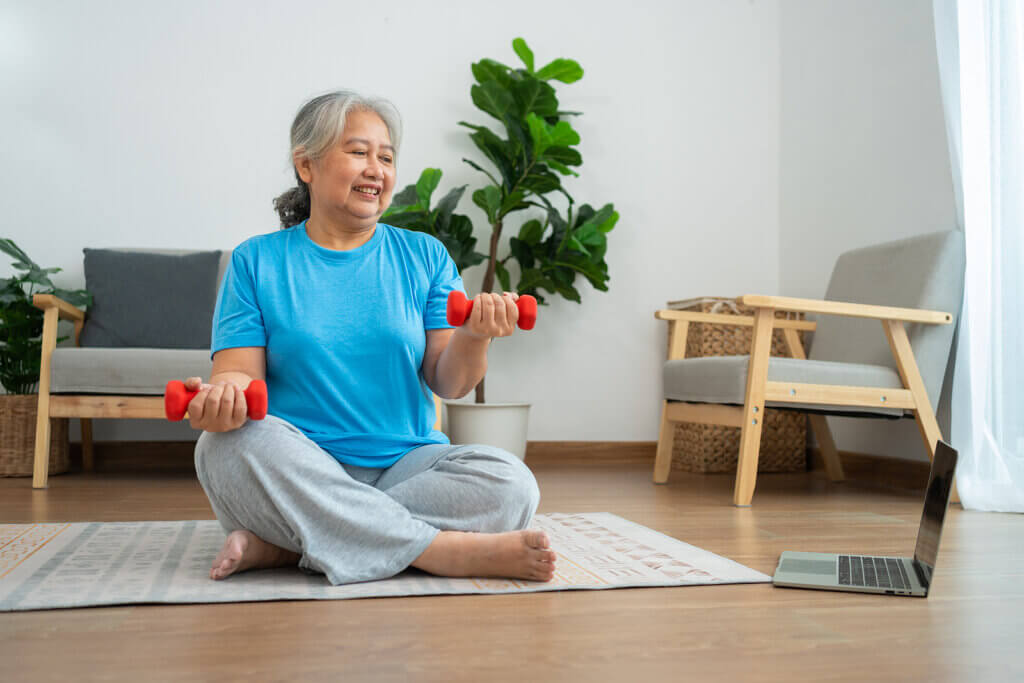
Protecting Heart Health with Short Bursts of Exercise
Cardiovascular diseases rank among the primary culprits behind premature mortality globally. A proactive approach to prevention is imperative, and exercise forms a pivotal part of this strategy. Of particular note, exercises characterized by high intensity and short duration have demonstrated potent results in bolstering heart health.
Various research studies have shed light on the profound impact of High-Intensity Interval Training (HIIT) on cardiovascular health. Let's explore these findings:
- HIIT and Cardiovascular Fitness: Studies have suggested that HIIT doesn't just promote cardiovascular fitness superficially – it positively impacts both the structure and function of the heart. This form of exercise encourages a stronger, healthier heart that is better equipped to pump blood efficiently throughout the body1.
- Increased Heart Rate Variability: Heart Rate Variability (HRV) refers to the variation in time between each heartbeat. It's an important indicator of cardiac health, with a higher HRV often associated with better fitness and reduced stress levels. HIIT has been found to augment HRV, thereby enhancing cardiac health.
- Improved Blood Pressure and Cholesterol Levels: Alongside structural benefits and enhanced HRV, short bursts of high-intensity exercise have been found to positively influence other key health markers such as blood pressure and cholesterol levels. These improvements contribute to overall cardiovascular health, assisting in the prevention of heart disease.
- Mitigation of Arterial Stiffness: Arterial stiffness is a hallmark of cardiovascular diseases, contributing to the risk of hypertension and heart failure. Short, high-intensity exercise sessions have been observed to reduce arterial stiffness, leading to better vascular health.
- Enhancement of Cardiorespiratory Fitness: Cardiorespiratory fitness, a strong predictor of cardiovascular disease and mortality, refers to the ability of your circulatory, respiratory, and muscular systems to supply oxygen during sustained physical activity. High-intensity, short-duration workouts have been found to significantly improve cardiorespiratory fitness levels, thereby fortifying the body's resistance to cardiovascular disease.
- Promotion of Healthy Cardiac Remodeling: The heart, like any muscle, can change or ‘remodel' itself in response to exercise. While unhealthy remodeling patterns can lead to heart disease, exercise, particularly HIIT, promotes healthy cardiac remodeling. This includes strengthening of the heart muscle and enhancement of its pumping efficiency, which can contribute to better overall heart health
The Role of Short Bursts of Exercise in Weight Management
Weight management is a common goal for many individuals seeking to improve their overall health and well-being. While traditional exercise regimens often involve lengthy workouts, recent studies have shed light on the powerful impact of short bursts of exercise on weight management. In this section, we will delve into the role of these brief, high-intensity exercise intervals in maintaining a healthy weight.
The Calorie Burn Advantage of Short Bursts of Exercise
One of the key factors contributing to weight management is the balance between calorie intake and expenditure. Short bursts of exercise, particularly high-intensity interval training (HIIT), offer unique advantages in this regard:
- Enhanced Caloric Expenditure: HIIT workouts have been shown to elevate the rate of calorie burn during and after exercise, thanks to the phenomenon of excess post-exercise oxygen consumption (EPOC). This means that even after completing a short, intense workout, your body continues to burn calories at an increased rate during the recovery period. The cumulative effect of these additional calories burned can contribute to weight loss and weight management over time.
- Time Efficiency: Traditional exercise regimens often require significant time commitments, which can be challenging to maintain consistently. Short bursts of exercise, on the other hand, provide a time-efficient alternative that still yields remarkable benefits. HIIT workouts typically last anywhere from 10 to 30 minutes, making them more accessible to individuals with busy schedules. The ability to achieve substantial calorie burn and fitness improvements in a shorter timeframe increases adherence and facilitates long-term weight management goals.
Impact on Metabolism and Fat Burning
Short bursts of exercise can have a profound impact on metabolic processes, specifically in relation to fat burning:
- Metabolic Rate Boost: High-intensity exercise, such as HIIT, stimulates the body's metabolic rate to a greater extent than lower-intensity workouts. This elevated metabolic rate persists even after the exercise session ends, leading to increased calorie burn throughout the day. This metabolic boost can contribute to weight management by creating a caloric deficit, which is crucial for losing or maintaining weight.
- Preservation of Lean Muscle: One concern with weight loss is the potential loss of lean muscle mass along with fat. Short bursts of exercise help mitigate this concern by preserving lean muscle while primarily targeting fat stores for energy. The intensity and demand placed on muscles during high-intensity exercise signal the body to retain muscle tissue, ensuring that weight loss is primarily attributed to fat reduction.
Combining Short Bursts of Exercise with a Balanced Diet
While short bursts of exercise can have a significant impact on weight management, it is essential to remember that exercise alone is not the sole determinant of weight loss or maintenance. To optimize results, combining short bursts of exercise with a balanced, nutritious diet is crucial. The synergy between exercise and dietary habits creates a comprehensive approach to weight management:
- Caloric Balance: The combination of exercise and a balanced diet helps maintain a caloric deficit, which is essential for weight loss. While short bursts of exercise contribute to increased calorie expenditure, a balanced diet ensures that your caloric intake aligns with your goals.
- Nutrient Support: A well-rounded diet provides the necessary nutrients to fuel your exercise routine and support your overall health. Incorporating a variety of fruits, vegetables, lean proteins, whole grains, and healthy fats into your meals ensures that your body receives the essential vitamins, minerals, and macronutrients it needs to thrive.
Conclusion
In the quest for longevity, short bursts of exercise can play a significant role. They not only save time but also offer numerous health benefits, including improved cardiovascular health and reduced risk of premature death. By incorporating these into your routine, you're taking a significant step towards a longer, healthier life.
Sources
- https://www.theguardian.com/society/2022/dec/08/short-bursts-of-vigorous-activity-can-cut-risk-of-early-death-study-suggests
- https://theconversation.com/short-bursts-of-physical-activity-during-daily-life-may-lower-risk-of-premature-death-new-research-196304
- https://www.ucl.ac.uk/news/2022/dec/analysis-short-bursts-physical-activity-during-daily-life-may-lower-risk-premature-death

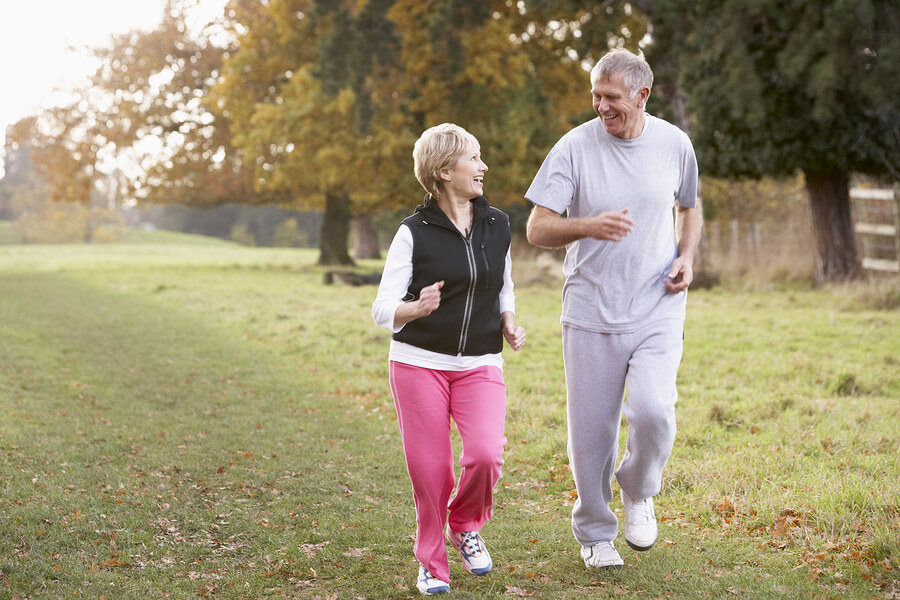


Comments
Loading…